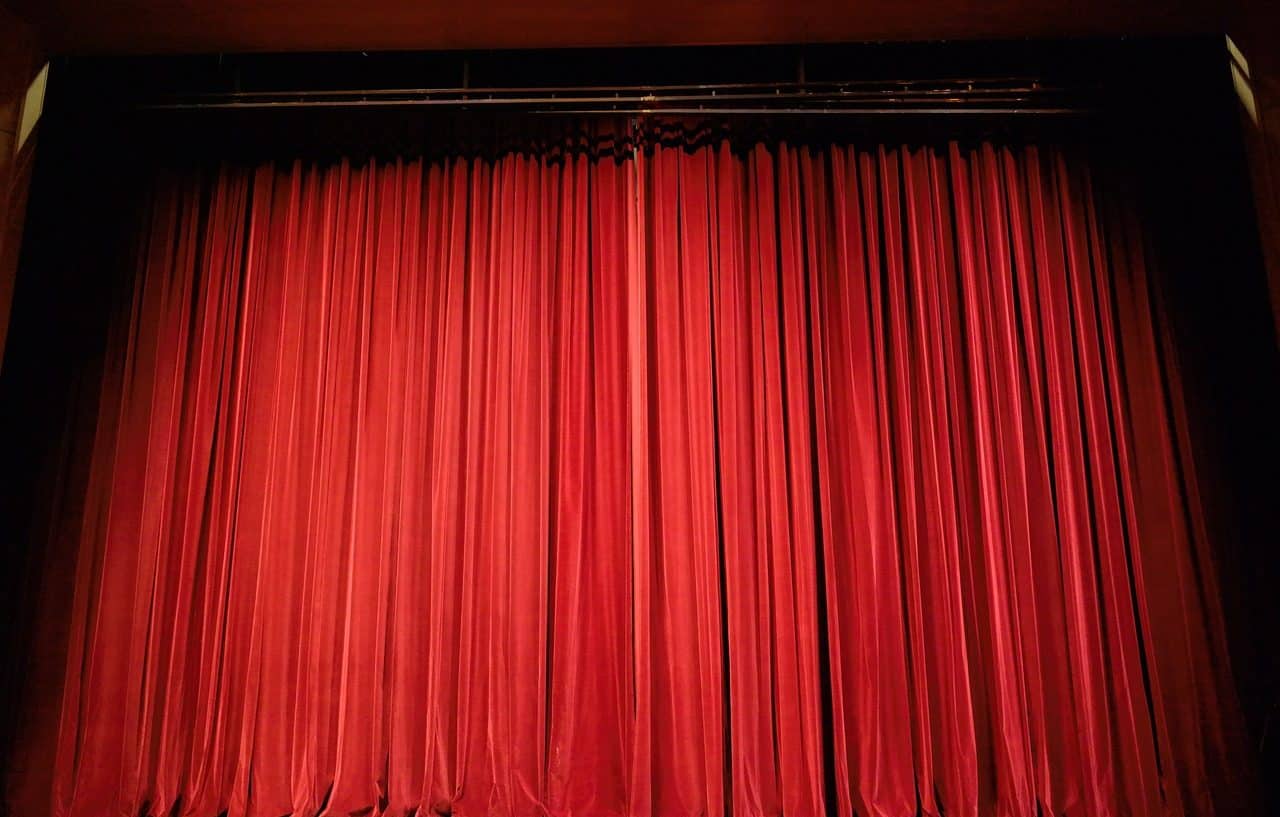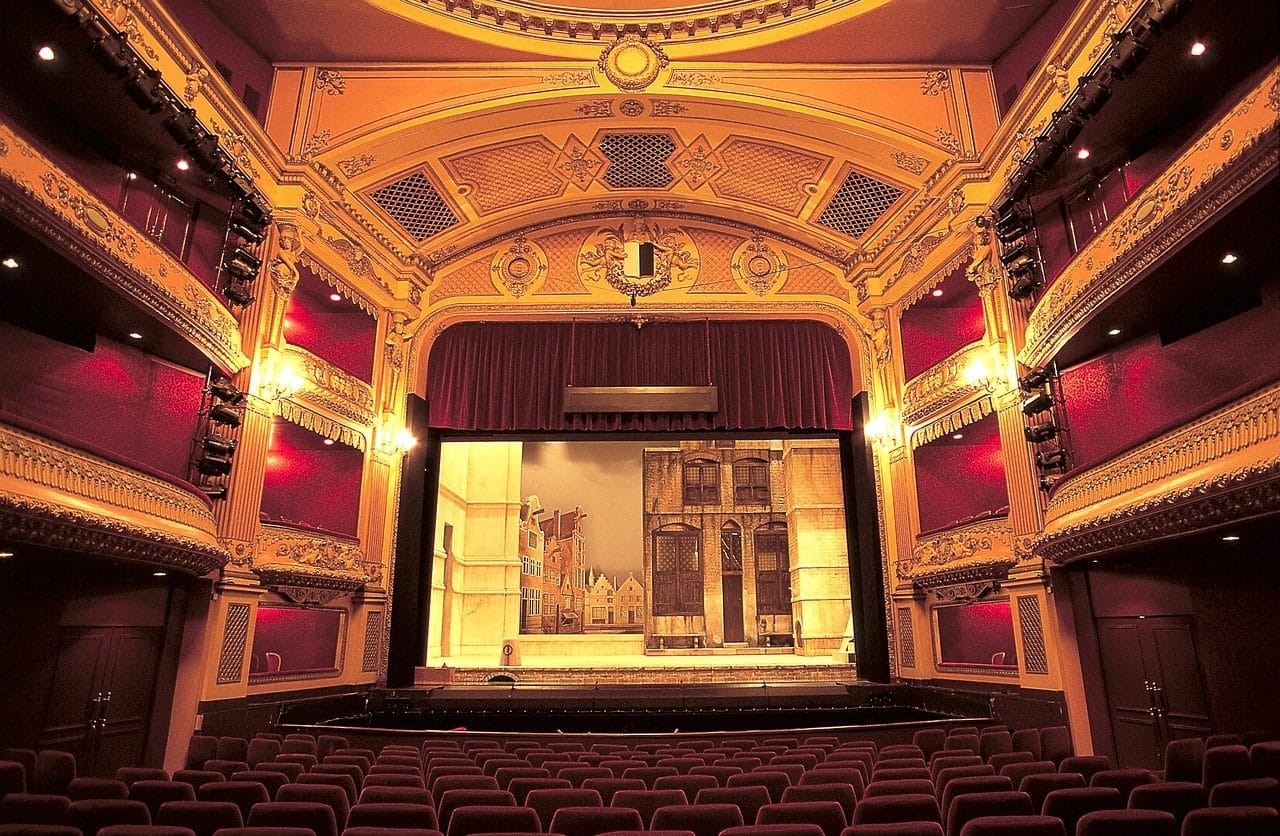
A curtain is a large cloth that separates the stage from the sector where the spectators are located.
A curtain is a large cloth that is placed in theaters to separate the stage from the space where the spectators are located. The curtain can move horizontally or vertically to allow the works to be seen.
Typically, the curtain only opens when there are actors on stage. Before the performance and at the end of it, as well as during the intermission , the curtain remains closed. This allows the scenery to be changed without the spectators seeing the process.
Characteristics of a curtain
Generally the curtain is made of velvet or another dense fabric since the intention is that no one can observe what is happening behind it. Over the years, designers began to pay attention to the appearance or decoration of the curtain, which came to be considered an important element in the aesthetics of the theater room.
Suppose that a play consisting of three acts is presented in a theater. When the spectators arrive at the room, they find that the curtain is closed or lowered. At the beginning of the first act, the curtain opens or rises. It then closes at the end of the act and reopens at the beginning of the second. The same thing happens between the second and third acts. Finally, the curtain closes at the end of the play.
It is worth mentioning that it is also very common for some of the actors (or singers, in the case of opera ) to come out during the intermissions to greet the spectators and gratefully receive applause for their performance so far; On these occasions the curtain remains closed, so they must stand in the small space that exists between it and the edge of the stage. In opera it is very common, especially after acts in which one of the protagonists has successfully passed a very demanding aria.

Curtains are very important in theaters.
Classification according to type
Let's look at some of the most common types of curtains:
- Background : It is also called a curtain , and covers the back sector of the stage. It remains closed throughout the function .
- Asbestos : it is the firewall, and is also known as a metal , iron or security curtain.
- Greek : it is the one that is divided into two symmetrical parts and remains on both sides of the stage once it is opened, sliding on a rail.
- Italian . It is an evolution of the previous one, and also folds towards the sides of the stage . Basically, it differs in that to open and close it a system based on a successive series of rings that are locked with ropes is used.
Importance of the curtain
The presence of the curtain collaborates with that unique combination of mystery and magic that occurs in theaters, where the audience can feel the energy of the actors, and vice versa, something that does not happen in the cinema.
In the minutes before a performance begins, people wait anxiously, and often look at the curtain constantly to try to detect any sign of movement, any indication that the wait will finally end and they can be transported to another world.
He says it with mime
In mime , on the other hand, a game in which two or more people take turns getting each other to guess a word or phrase using body language alone, there are different signs to give the other player some context about it. of the unknown. This must be done at the beginning of each turn, and consists of simple gestures that represent "person", "movie", "book", "quote or phrase", "location" or "play", among others.
In the particular case of theater, the gesture consists of simulating that our hands are the curtain, and making it open to the sides.
